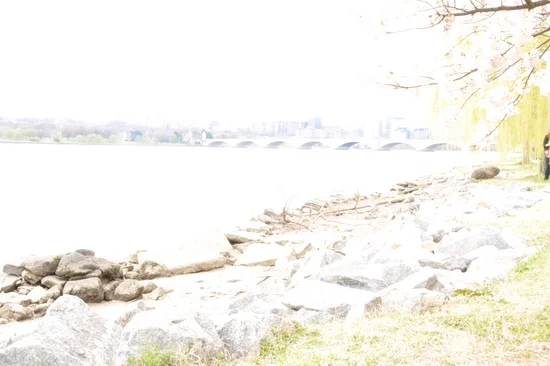RAW files are the exact representation of your subject captured by the camera sensor without any modification. RAW format retains more detail information about the picture and camera setting which you can adjust later during post-processing. Every camera manufacturer has their own proprietary format to store RAW files. Nikon uses NEF format to store RAW files and Canon uses CRW into older camera models and CR2 into newer models. Usually, RAW format stores information into 12 to 16 bit data. Camera always captures the data into RAW format first and if you are using JPEG mode, camera processes it using built-in algorithm to handle the white balance, contrast, saturation, sharpness and other settings that is set into your camera and compresses it into JPEG format to produce a 8 bit of data (JPEG) file. That means you will loose some details during the compression, which is pretty obvious given the reduction of information. I once read Ken Rockwell's comment about shooting in RAW mode where he says and I quote, "I never shoot RAW. Why would I? Raw is a waste of time and space, and doesn't look any better than JPG even when you can open the files". Later he added, "Cameras all start with raw data and convert this data to JPG images with hardware in the camera. They then throw away the raw data since it's no longer needed. Some fancier cameras save this raw data so you can use software to do the same thing the camera's hardware did, later".
In my view, shooting in either RAW format or JPEG format is your personal choice but the only difference is, if you shoot RAW, you have the flexibility to adjust settings later on the computer but in case of JPEG format, camera already did that job for you and you have to trust it’s algorithm for your final image since there is very less room left for further adjustment due to the loss of data. It is up to you whether you want to spend your money on getting software and use your time for further processing of your image on the computer or let your camera do that job for you. RAW mode is designed for someone who wants to do experiment with the photograph by applying different settings during editing. And if you are a professional wedding photographer for example, shooting in a RAW mode might be a no-brainer. You can't re-shoot the wedding once its done. And if you need to adjust something later on the picture without loosing details, you can do so with a greater flexibility if you shoot in a RAW mode. One thing you might want to consider while shooting in a RAW format is a memory. As we discussed earlier, RAW file uses 16 bit data format compare to the 8 bit format for JPEG file. RAW format takes almost double the size of JPEG format. If you are shooting all day event (using RAW format) capturing hundreds of photos, you might have to consider the memory size of your camera as well. It is always a good idea to carry an extra memory in your camera bag but if you are shooting in a RAW mode, that might become a necessity.
In my opinion, if you are smart enough to use a post-processing software for editing pictures, it is a good idea to shoot in a RAW format. But if you are not confident enough on using computer software to edit the pictures, it's better to believe in your camera and let it process for you. If you really want to see the differences between two formats, you can also use RAW+JPEG mode (most of the modern DSLR camera supports dual mode) which saves both files; one in JPEG format and another in RAW format. And later, you can try processing both formats using software and see the difference yourself. Reminder - since it keeps both file formats of the same image into your camera memory, you will have to be more careful about the memory space.
Personally, I shoot JPEG Fine for the most of the friends and family events. But I also shoot RAW when I do night cityscapes, fireworks or landscape photography and use Nikon Capture NX2 for post-processing. Please feel free to share your experience and tell us about views on shooting RAW Vs. JPEG.
Update : I switched from Capture NX2 to Adobe Lightroom in 2017




